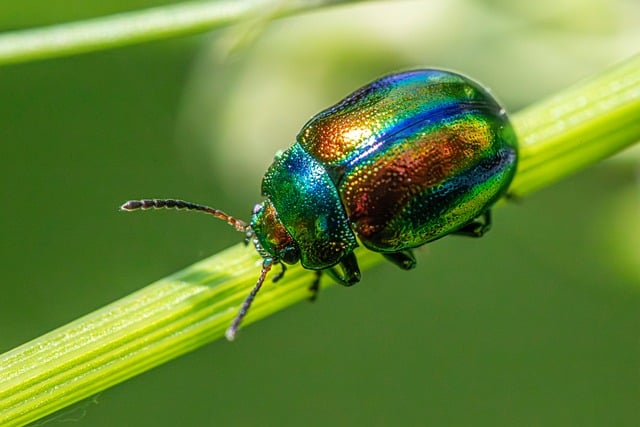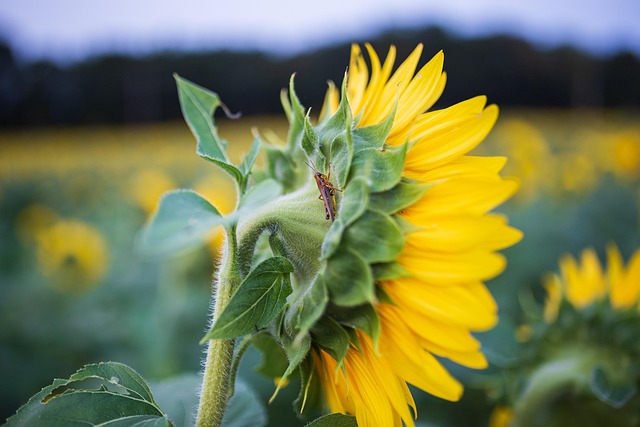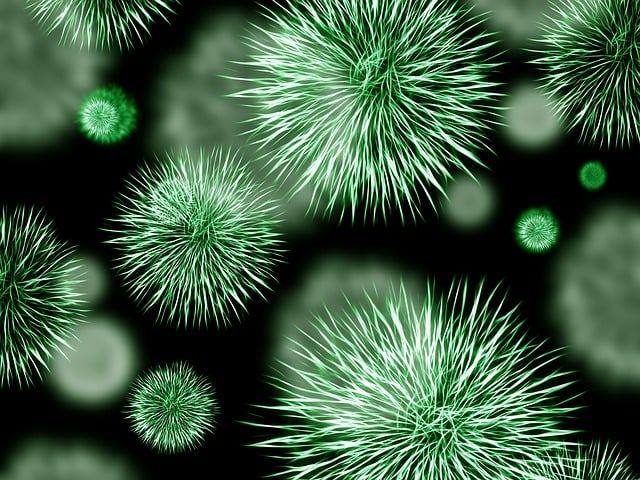Insect and disease management for fruit trees near Arvada requires understanding the complex ecosystem beneath homes, where pests like termites and rodents thrive. Common issues include aphids, spider mites, scale insects, powdery mildew, fire blight, and root rot. Proactive strategies such as regular inspections, natural prevention methods, and organic barriers, combined with targeted treatments, ensure tree health, robust harvests, and extended orchard life.
In Arvada, maintaining healthy fruit trees requires understanding the intricate crawl space ecosystems teeming with life. These hidden habitats are breeding grounds for insect pests and can harbor diseases that threaten your tree’s vitality. This article guides you through the essentials of pest control crawl space inspections, focusing on identifying common pests and implementing effective management strategies to safeguard your fruit trees from infestations and infections near Arvada.
- Understanding Crawl Space Ecosystems in Arvada
- Identifying Common Pests and Diseases in Fruit Trees
- Effective Management Strategies for Optimal Tree Health
Understanding Crawl Space Ecosystems in Arvada

Crawl spaces in Arvada, much like other urban areas, often play host to a complex ecosystem that includes a variety of insects and diseases. These hidden habitats, beneath homes, provide shelter for numerous species, including those that can be detrimental to fruit trees nearby. Understanding this intricate web is crucial for effective insect and disease management strategies.
In Arvada’s crawl spaces, pests like termites, ants, and rodents find refuge, and their presence can significantly impact the health of neighboring fruit trees. The organic matter accumulated in these spaces also serves as a breeding ground for various insects and fungi that can cause diseases in plants. With proper knowledge, homeowners can ensure the well-being of both their properties and the local ecosystem by employing targeted, eco-friendly pest control methods tailored to manage these issues effectively while preserving the balance in Arvada’s crawl space habitats.
Identifying Common Pests and Diseases in Fruit Trees

In the vibrant landscape near Arvada, proper insect and disease management for fruit trees is crucial to ensure healthy and bountiful harvests. Common pests like aphids, spider mites, and scale insects often target fruit trees, feeding on their sap and causing damage that can lead to reduced fruit quality and even tree death if left unchecked. Additionally, diseases such as powdery mildew, fire blight, and root rot can wreak havoc on fruit trees, posing significant threats to the overall health and productivity of your orchard.
Regular inspections are key to early detection of these issues. Arborists recommend inspecting trees for signs of pests and diseases, including discolored leaves, abnormal growth, or the presence of webbing or fungi. Once identified, targeted treatments can be implemented using organic or chemical solutions, depending on the severity and specific needs of your fruit trees near Arvada. Proactive insect and disease management not only protects your harvest but also contributes to the longevity and vibrancy of your orchard.
Effective Management Strategies for Optimal Tree Health

Maintaining optimal tree health in Arvada, especially near fruit trees, requires proactive insect and disease management strategies. Regular inspections are crucial to identifying potential issues early on. By closely monitoring your trees, you can detect signs of infestation or illness before they cause significant damage. Effective management involves a combination of natural prevention methods and targeted treatments.
Promoting robust tree health starts with proper planting and care practices. Ensuring adequate spacing between trees allows for good air circulation, which helps prevent fungal diseases. Regular pruning removes dead or diseased branches, while maintaining a well-watered landscape supports overall resilience against pests and pathogens. Additionally, using organic, insect-repellent plants as natural barriers around your fruit trees can deter harmful insects without resorting to harsh chemicals.
In the vibrant, bustling metropolis of Arvada, understanding your crawl space ecosystem is key to effective insect and disease management for nearby fruit trees. By identifying common pests and implementing strategic tree health optimalization techniques, residents can ensure their trees thrive. These tailored strategies not only protect but also enhance the natural tapestry of our local landscape. In light of these insights, proactive pest control measures can help foster a harmonious balance between nature and cultivation in Arvada’s rich biodiversity.
